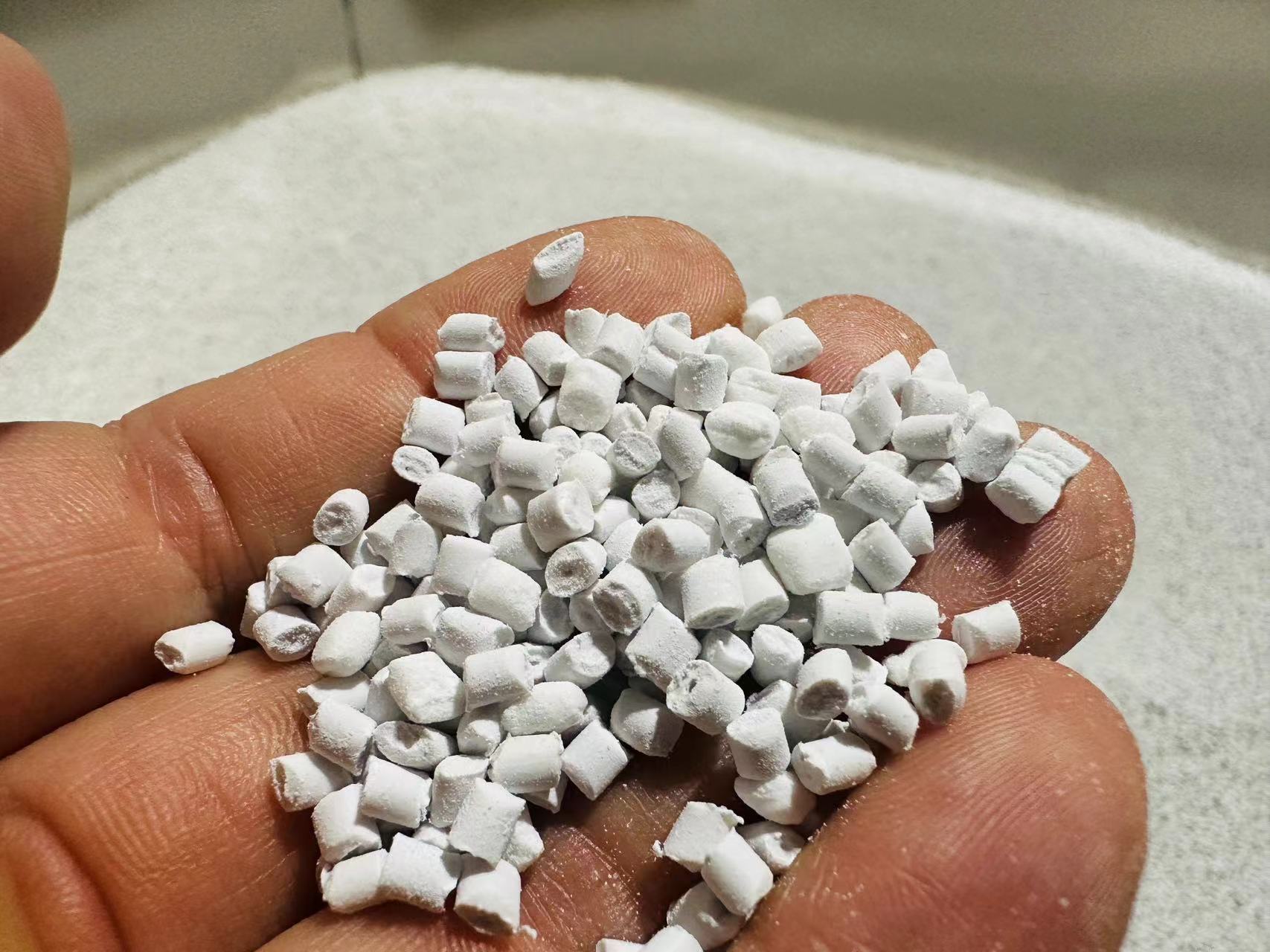In a quiet corner of modern offices and classrooms, the correction tape has quietly replaced traditional correction fluid, thanks to its convenience and cleanliness. However, the birth of this seemingly simple, palm-sized stationery item is no simple feat. The journey from plastic pellets to a perfect finished product capable of precise application is a story of meticulous guardianship on a micron scale. The inspection procedures running through this entire process are the very soul of this quality guardianship.
The production of correction tapes primarily consists of two core stages: injection molding and precision assembly. The overture of inspection begins as soon as the raw materials arrive at the warehouse. For the plastic pellets destined for the molds, quality inspectors verify their type, color, and purity, ensuring they are free of impurities and moisture, thus eliminating any potential for “congenital defects” at the source.
Inside the injection molding workshop, high-temperature molten plastic is injected into precision molds under immense pressure, instantly cooling to form the tape’s housing, gears, and other components. While this process appears fully automated, variables are ever-present—slight fluctuations in temperature, pressure, or cooling time can lead to shrinkage, burrs, short shots, or color discrepancies.
Therefore, hourly random inspections** become crucial for capturing these variables. Inspectors randomly select freshly molded parts from the production line, their movements skilled and focused:
1. Visual Inspection:*Under strong light, they rotate the component 360 degrees, their eagle eyes searching for any minuscule flaws. An almost invisible scratch, a tiny bubble, or a hint of excess plastic flash cannot escape their notice.
2. Dimensional Measurement:Using precise calipers and pin gauges, they repeatedly measure critical dimensions—such as gear pitch and axle hole diameter—against the micron-level specifications on the design drawings. An overly tight axle hole causes assembly difficulties, while a loose gear can lead to future tape-skipping.
3. Functional Trial Assembly: They randomly select several components for a mock assembly, checking for smooth gear meshing and ensuring the housing snaps together seamlessly with a crisp “click.” This tests not just individual part quality but also comprehensively assesses the mold’s condition and the stability of the injection molding process.
This hourly “quality snapshot” acts like a continuously updated health report for the production line. Should any data deviate from the standard, engineers can immediately adjust machine parameters, nipping problems in the bud and ensuring that every component entering the assembly line is a qualified “soldier.”
If injection molding is about creating parts, then assembly is where life is breathed into them. Here, the housing, gears, and pre-coated correction tape core come together to form a complete correction tape. The inspection here is no longer random sampling but a **zero-compromise, 100% full inspection.
Every inspector on the assembly line represents the end-user. Their inspection procedure is meticulous:
Tape Core Installation: Ensuring the tape core lies flat, without twists, and winds smoothly onto the spool.
Gear Meshing:Manually rotating the adjustment knob to feel if the transmission system operates smoothly, silently, and without catching. Any hint of roughness indicates an internal defect.
Tape Application Test:This is the most ceremonial step. Inspectors perform real application tests on special paper, checking for uniformity of tape discharge, coverage, and the tape’s adhesion. The tape must break off cleanly, as if sliced by a sharp blade, without any mess.
Final Inspection and Experience:Finally, they repeatedly open and close the housing to check its sturdiness; examine the finished product’s appearance for any new scratches incurred during assembly; and even shake the tape to listen for any internal rattles. This ensures that every product delivered to the user offers a flawless initial experience.
From the hourly sampling during injection molding to the 100% ultimate scrutiny on the assembly line, the production inspection process for correction tapes builds a rigorous and efficient quality defense system. It is not merely a filter for removing defective items but also a feedback hub for the continuous improvement of production techniques. It is this unwavering guardianship, vigilant down to the micron, that endows the humble correction tape with its reliable precision and quality, allowing it to quietly and confidently fulfill its mission of giving mistakes a new beginning, right at the tip of our pens.
Post time: Nov-17-2025
